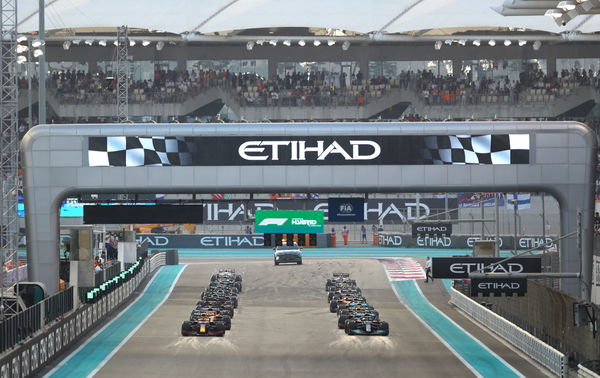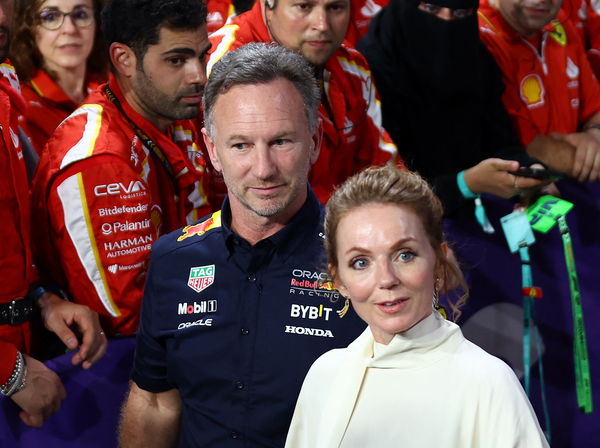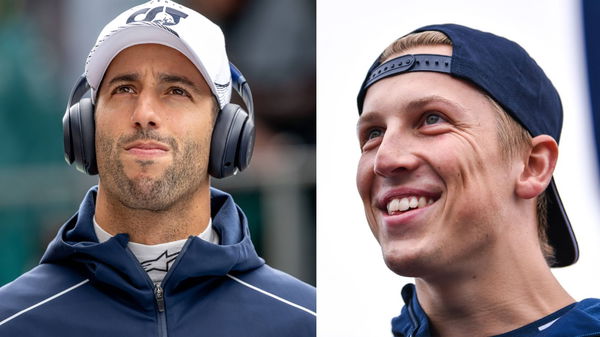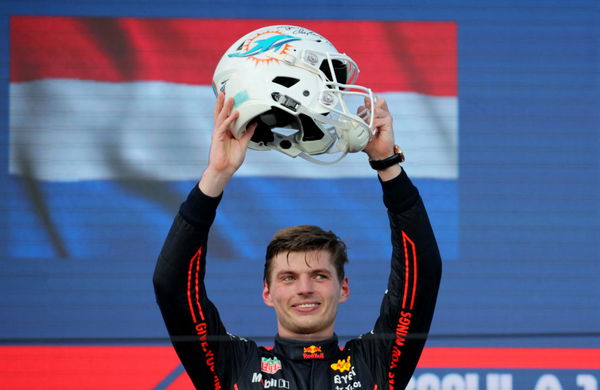How Does F1 Qualifying Work?

Follow Us

via Reuters
Formula One F1 – Abu Dhabi Grand Prix – Yas Marina Circuit, Abu Dhabi, United Arab Emirates – December 12, 2021 General view of the grid at the start of the race REUTERS/Ahmed Jadallah
Why do some drivers get to start a race in the front while others start from the back? Drivers who mostly start in front end up winning the races. Isn’t that an unfair advantage? What determines who will start where on the grid? We all have these questions before we know about qualifying in F1. But what really is qualifying? Let’s find out.
An F1 race weekend is typically divided into 3 parts- the Free Practice Sessions, the Qualifying, and the Race. While sprint qualifying is a relatively newer concept to Formula 1, we shall explain that later. For now, let us keep ourselves focused on qualifying because that is what usually determines positions on the grid for the race.
ADVERTISEMENT
Article continues below this ad
The history of Qualifying
Before 1996, F1 held qualifying in two phases with one-hour sessions each on Friday and Saturday. The fastest times for each driver were used to determine their grid position for the race day.
1996 saw a radical change in the Qualifying rules. F1 abolished the Friday qualifying session and gave drivers 12 laps in a one-hour shootout set the fastest timings on Saturday. F1 also introduced the 107% rule to exclude drivers with slower laps. The 107% rule simply meant the addition of 7% to the timing of the driver with the fastest lap. Drivers who registered times more than that were excluded from the race.
Trending

Liam Lawson’s Surprise Contract Clause Threatens Daniel Ricciardo’s RB Seat
April 24, 2024 11:15 AM EDT

F1 Rumor: Christian Horner and Wife Geri to Publicly Reveal All Details on Leaked Chat Scandal
April 22, 2024 04:10 PM EDT

Daniel Ricciardo To Be Replaced by Liam Lawson After Miami, F1 Pundit Dishes Out Harsh Verdict After Australian’s “Amateur Mistake”
April 17, 2024 11:14 AM EDT

Miami GP 2024: Max Verstappen Embraces the American Spirit With Helmet Design
April 23, 2024 06:15 PM EDT

Carlos Sainz Blames Charles Leclerc for Causing Fred Vasseur’s Painful Chinese GP Loss
April 21, 2024 12:23 PM EDT
Get instantly notified of the hottest F1 stories via Google! Click on Follow Us and Tap the Blue Star.

Follow Us

via Reuters
Formula One F1 – Mexico City Grand Prix – Autodromo Hermanos Rodriguez, Mexico City, Mexico – October 29, 2022 Mercedes’ Lewis Hamilton during qualifying REUTERS/Henry Romero
In 2003, F1 changed the rules again, with the qualifying divided into two sessions again. However, this time, the drivers got just one lap in each session. The order for drivers coming out on Friday was based on their positions in the drivers’ standings with the fastest driver coming out first. On Saturday, the order depended on the Friday timings with the slowest driver setting the time first.
In 2004, they moved the Friday session to Saturday with the first session’s order depending on the results of the last race.
In 2005, F1 once again changed the rules with the two sessions now held on Saturday afternoon and Sunday morning. Drivers’ timings from each session decided their aggregate position on race day. From the European GP onwards, F1 abolished the Sunday session. The running order on Saturday depended on the last race’s results. The slowest driver came out first.
How the current format of Qualifying works
The current format of qualifying started in 2006. The whole qualifying is one single session, divided into three phases- Q1, Q2, and Q3. Each phase follows a knockout system, with 5 slowest drivers bowing out in each session.
The 5 slowest drivers in Q1 take the positions 16th to 20th on the grid. The 5 slowest in Q2 take the 11th to 15th spots, while the top ten qualify for Q3.
Drivers may set as many laps as they want during each session, and there is no running order. The fastest driver at the end of Q3 takes the ‘Pole Position’ on race day, which is the position up front.
When the driver comes out of the pit lane to the start/finish line, the lap is called an out-lap. When the driver is setting a time, going from the start/finish line to the start/finish line, the lap is called a hot lap or a flying lap. Once the driver has set a time on the hot lap and is making his way to the pit lane, the lap is called an in-lap.
What is Sprint Qualifying?
F1 introduced the concept of Sprint Qualifying in 2021. The session is a 100 km (62 miles approx.) race, held on Saturday. The final positions of the sprint race determine the grid positions for Sunday’s race. The grid positions for the sprint race are decided on the basis of qualifying, which is shifted to Friday. On Sprint weekends, the Free Practice sessions are reduced to just 2 from the usual number of 3.

via Reuters
Formula One F1 – United States Grand Prix – Circuit of the Americas, Austin, Texas, U.S. – October 23, 2022 Red Bull team principal Christian Horner, advisor Helmut Marko, Max Verstappen, Sergio Perez, Red bull team and staff celebrate winning the constructors championship REUTERS/Brian Snyder
In 2021, the Sprint Qualifying took place in only three race weekends- Britain, Italy, and Brazil. The top 3 finishers of each sprint qualifying were awarded 3, 2, and 1 world championship points.
ADVERTISEMENT
Article continues below this ad
In 2022, F1 continued to hold Sprint Qualifying in three fixtures- the Emilia Romagna GP, the Austrian GP, and the Sao Paulo GP. This time, they awarded the top 8 finishers world championship points, with the driver finishing P1 getting 8 points and the driver finishing P8 getting 1 point.
F1 is going to double the number of Sprint races in 2023. While Brazil and Austria will continue to host the session, 4 new venues will get the opportunity to be part of the action. The new venues ready to host Sprint are Azerbaijan, Belgium, Qatar, and the US.
ADVERTISEMENT
Article continues below this ad
Watch This Story: How Fast Can F1 Cars Go? Comparisons With MotoGP, IndyCAR, NASCAR and Formula E
Now that you know about the process of determining drivers’ grid positions, do you think it is fair? What changes would you like to see?
Edited by:
Ranvijay Singh

